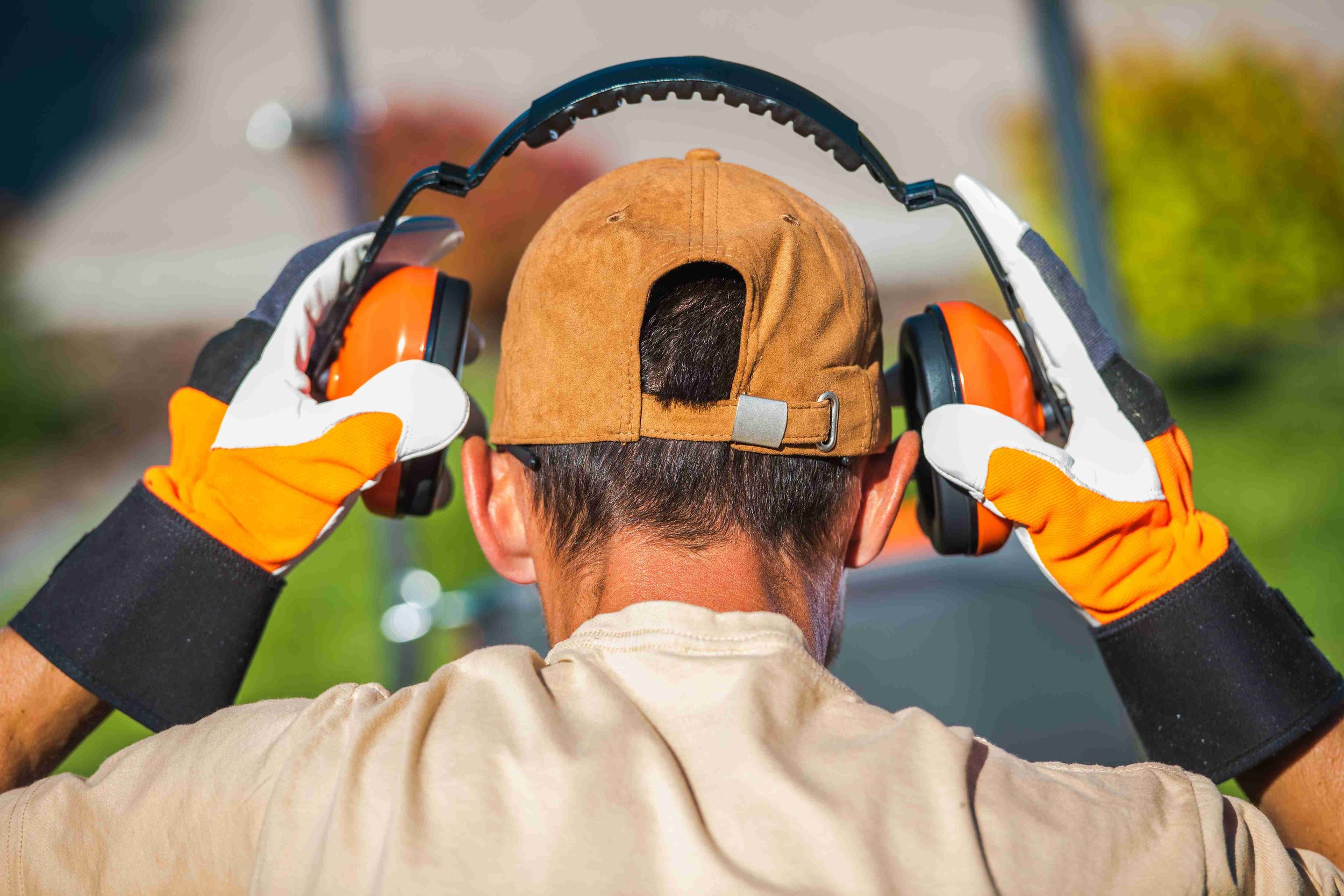Hearing Aid Repairs Made Easy: What You Need to Know and Tips to Avoid Issues
Hearing aids are essential for people with hearing loss, helping them stay connected to the world around them. However, like all electronic devices, hearing aids can sometimes malfunction or need repairs. Understanding hearing aid repair and how to maintain your devices properly can save you time, money, and frustration.
In this blog, we’ll discuss everything you need to know about hearing aids, common hearing aid issues, and tips for avoiding those issues that occur.
What Are Hearing Aids?
Hearing aids are small electronic devices designed to improve hearing for individuals with hearing loss. They work by amplifying sounds, making them louder and clearer for the wearer. The device typically consists of a microphone that picks up sound, an amplifier that processes and amplifies the sound, and a speaker that delivers the amplified sound into the ear.
Hearing aids are customized to suit the wearer’s specific hearing needs and can be adjusted for different environments and frequencies. These devices help individuals with mild to severe hearing loss reconnect with their surroundings, improving communication and quality of life.
Common Hearing Aid Problems and Repairs
Hearing aids are built to last but can encounter issues over time. Here are some common problems and their solutions:
| Problem | Possible Care | Solution |
|---|---|---|
| No sound or low volume | Blocked wax filter or battery issue. | Clean the filter or replace the battery. |
| Whistling or feedback | Improper fit or buildup of wax. | Adjust the fit or clean the device. |
| Distorted or unclear sound | Moisture damage or clogged microphone. | Dry the device or clean the microphone. |
| Broken tubing (for BTE hearing aids) | Cracked or worn tubing. | Get a hearing aid tube replacement. |
| Complete device failure | Damaged internal components. | Seek professional repairs. |
Can Hearing Aids Be Repaired?
Yes, hearing aids can be repaired in most cases. Whether the issue is minor, like a clogged microphone, or major, like damaged internal wiring, repairs are often possible.
Hearing aids can typically be repaired for various issues, depending on the damage. Physical damage, such as a broken casing or tubing, can often be replaced easily. Electronic components, including circuitry and microphones, may need professional attention for repair. Additionally, if moisture damage is detected early, hearing aids can often be repaired by using drying tools or seeking professional repair services to restore functionality.
Moreover, if caught early, hearing aids can be repaired after water damage by using drying tools or professional repair services. If you are unsure, you must consult an audiologist to determine whether the repair is feasible.
Types of Hearing Aid Repairs
Here are the most common hearing aids repairs & services offered by professionals:
1. Hearing Aid Tube Replacement
For behind-the-ear (BTE) hearing aids, tubing connects the device to the earpiece. Over time, this tubing can become cracked or stiff, affecting sound quality. Replacing it is a straightforward repair that restores functionality.
2. Cleaning and Wax Removal
Blockages from earwax are a frequent cause of hearing aid malfunctions. Cleaning the device’s microphone, speaker, and filters can resolve the problem.
3. Battery Contacts and Housing Repair
If your hearing aid isn’t turning on, it may be due to damaged battery contacts or casing. These can often be repaired or replaced by a professional.
4. Moisture-Related Repairs
If moisture gets inside the hearing aid, it can damage internal components. Using a dehumidifier can help, but more severe cases may require professional repair services.
Tips to Avoid Hearing Aid Issues
Prevention is key to minimizing the need for repairs. Follow these tips to keep your devices in top condition:
1. Keep Them Clean
Regular cleaning prevents wax buildup and blockages. Use a soft brush to clean the microphone, tubing, and earpiece.
2. Protect Them From Moisture
Moisture is a common cause of damage. Store your hearing aids in a dehumidifier overnight, and avoid wearing them in humid environments or during activities like swimming.
3. Handle With Care
Always handle your hearing aids gently to prevent physical damage. Use a case for storage when not in use.
4. Replace Tubing as Needed
Schedule regular hearing aid tube replacement for BTE models to ensure sound clarity and proper fit.
5. Regular Check-Ups
Visit your audiologist periodically for cleaning, adjustments, and preventive maintenance.
Signs Your Hearing Aid Needs Professional Help
If you notice any signs such as strange noises like static or feedback coming from your hearing aids, physical damage, or loose parts, it’s time to seek professional repairs.
Additionally, if you've tried cleaning or troubleshooting but the problem persists, professional help is necessary. Taking prompt action can help prevent further damage and extend the lifespan of your hearing aids.
Hearing Aid Repair Services at Adirondack Audiology
By understanding how to care for your hearing aids and knowing where to get hearing aids repaired, you can keep your devices in excellent condition and enjoy uninterrupted hearing. Regular maintenance, proper cleaning, and professional help when needed will ensure your hearing aids remain a valuable part of your daily life.
Here, at Adirondack Audiology, we specialize in hearing aids repairs services to keep your devices working at their best. Whether you need affordable hearing aid repairs, professional cleaning, or assistance with any other hearing aid repair related services, our experienced audiologists are here to help.
In Essence,
Proper maintenance and timely hearing aid repairs are important to keep your devices functioning effectively and improving your quality of life. Whether you need routine cleaning, hearing aid tube replacement, or help with more serious issues like water damage, professional services can restore your hearing aids and extend their lifespan.
By following preventative care tips, you can minimize downtime and maximize performance. Contact us today for expert support and ensure your hearing aids are always in top condition!






























